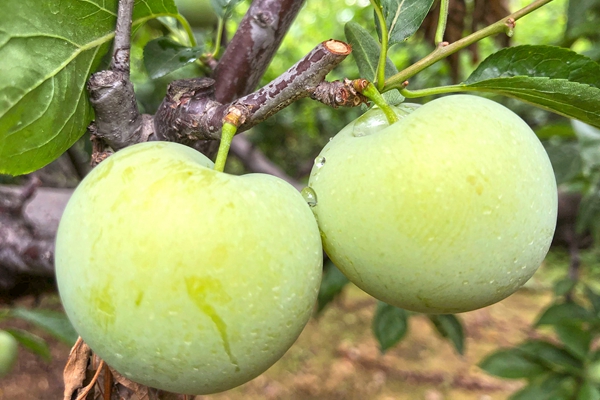Taiping Heavenly Kingdom Ordnance Factory Ruins
Updated: 2012-03-30
The ruins of an ordnance factory dating back to the Taiping Heavenly Kingdom period (Taiping tianguo 1851-1864) can be found at No 12 Madalu Alley, off Zhongjie Rd. They were added to the list of Suzhou cultural relics in 1982.
The site was previously the home of Shenxiu HallI the residence of a man named Qiu, during the Ming Dynasty (1368-1644), which was appropriated for an ordnance factory during the Taiping Heavenly Kingdom. In the 10th year of Xianfeng emperor of the Qing Dynasty (1860), the Qiu family fled before the Taiping army entered Suzhou. After the war ended, the owner returned to find coal, iron, guns, and shells in the courtyard, evidence of the residence having been turned into a factory to manufacture ordnance for the Taiping rebellion. In the Tongzhi period of the Qing (1862), Qiu rebuilt the residence. Then, as late as the early 1960s, weapons, stone shells, iron mines and guns, and knives used by the Taiping rebels were unearthed in the courtyard. It was thought that the weapons had been buried when the property was rebuilt.
The residence covers a 4,000-square-meter area and faces south, with three entrances and four small yards. If you enter through the middle entrance, you can reach the hallway, the sedan chair hall, the main hall, and the balcony. The main hall is three-room wide (about 18 meters in all) and 13.7 meters long. There are wide screens to separate it on the eastern, western and northern sides. The roof beams are flat, with carvings of hills, fog, and clouds on them. Some vague dragon images can still be identified in the colorful paintings on the rafters, and dragons and phoenixes with Taiping characteristics on the back eaves. The gatehouse in front of the main hall has decorative patterns in its bricks and characters written in the Tongzhi period of the Qing (1861-1875). The sedan chair hall and main hall are the only rooms that still have the architectural style of the Ming, as most of other areas were rebuilt during the Qing. There is a pine tree in front of the study by the western entrance, about 30-feet high and so thick that it takes several people to reach around it. The tree also dates back to Ming. In 1994, the cultural relics bureau did a complete renovation of the main hall. The rest of the building is occupied by local people.
Tel:0510-81178873
E-mail:haiyulu@163.com


